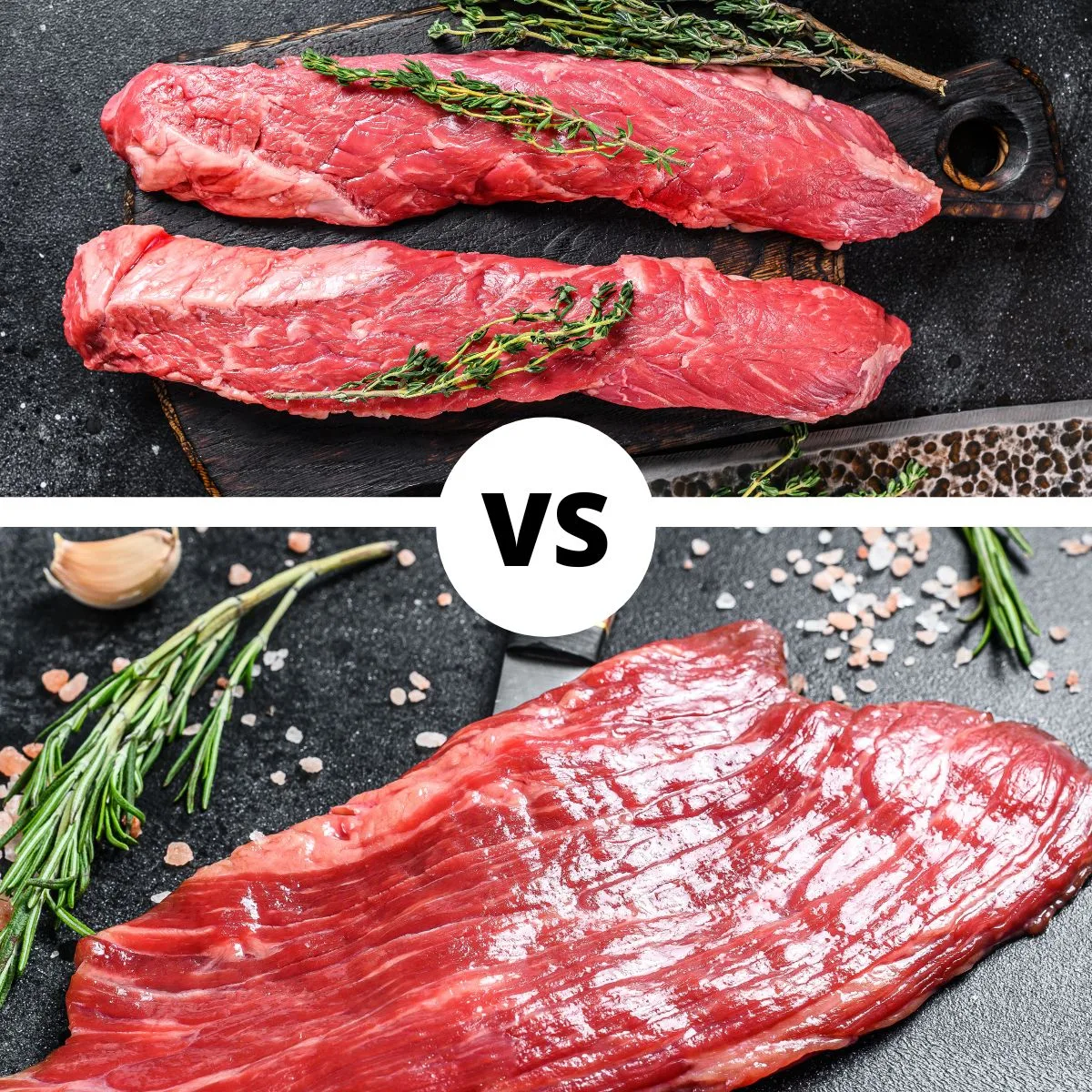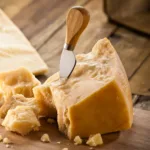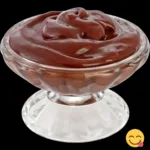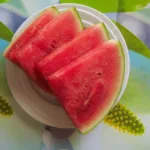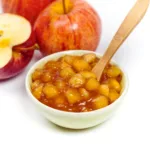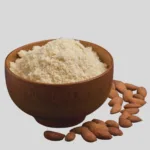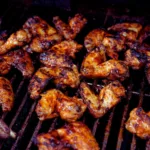What is the difference between flank steak vs. skirt steak vs. hanger steak? These are three relatively inexpensive cuts of meat that you should know about. Whether you are at a restaurant or prepping for barbecue, this article does a deep dive into the key differences so that you can become a mini-expert in these different steak types.

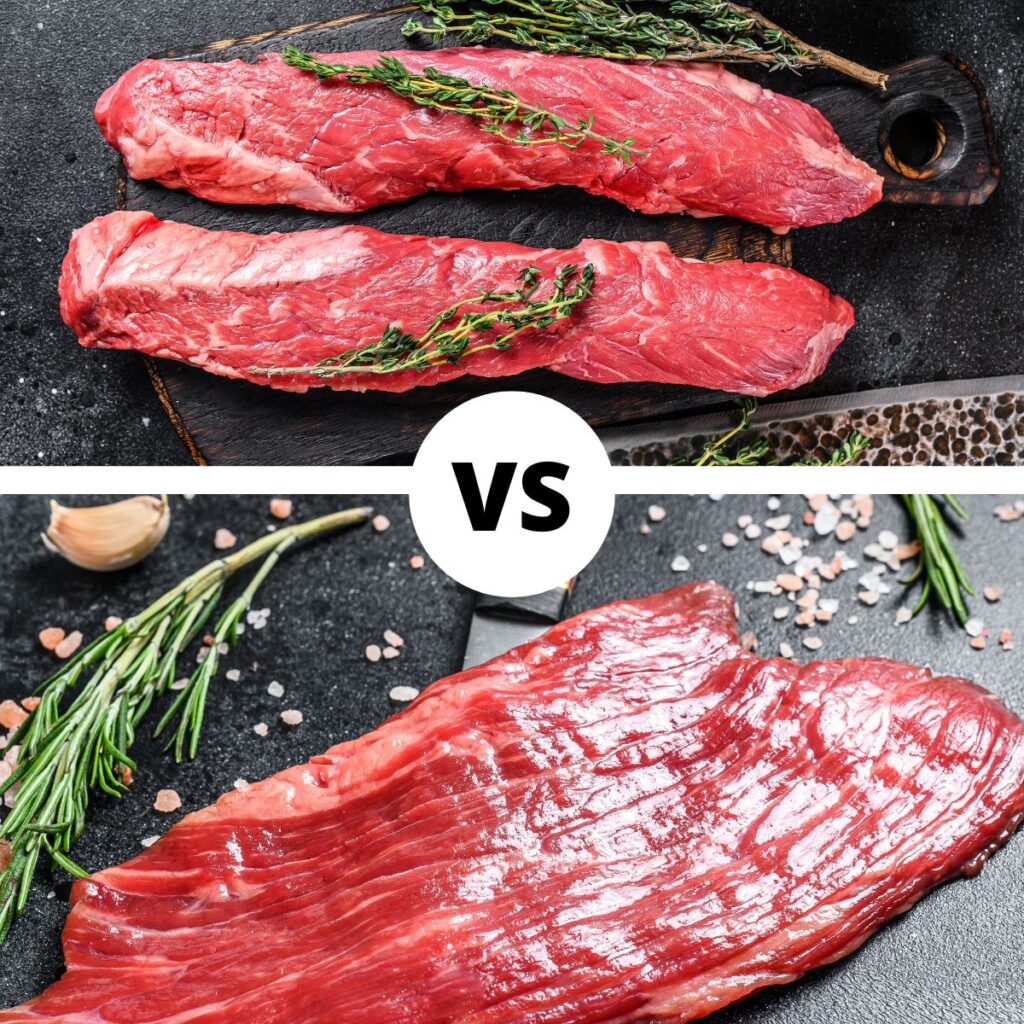
(Notice it easier to tell the difference before the steak is cooked)
Flank steak vs. Skirt steak vs. Hanger Steak
Flank Steak Overview

Flank steak (also called Bavette steak) is a specialty cut of beef that lies forward from the rear quarter, behind plate (see image below). Flank steak is a flavorful but chewy cut of beef.
The Flank steak is a versatile cut that can be cooked in many different ways. It’s famous for its intense flavor and tough texture if improperly cooked, but when you choose the right recipe or use an appropriate marinade it will melt in your mouth with tenderness!
To cook this lean meat correctly (and keep things tasty), we recommend rare/medium-rare temperatures at either 1 minute on each side depending upon how big of pieces they are being grilled up too – whichever comes first then do about 2 minutes total time per piece before removing from heat source
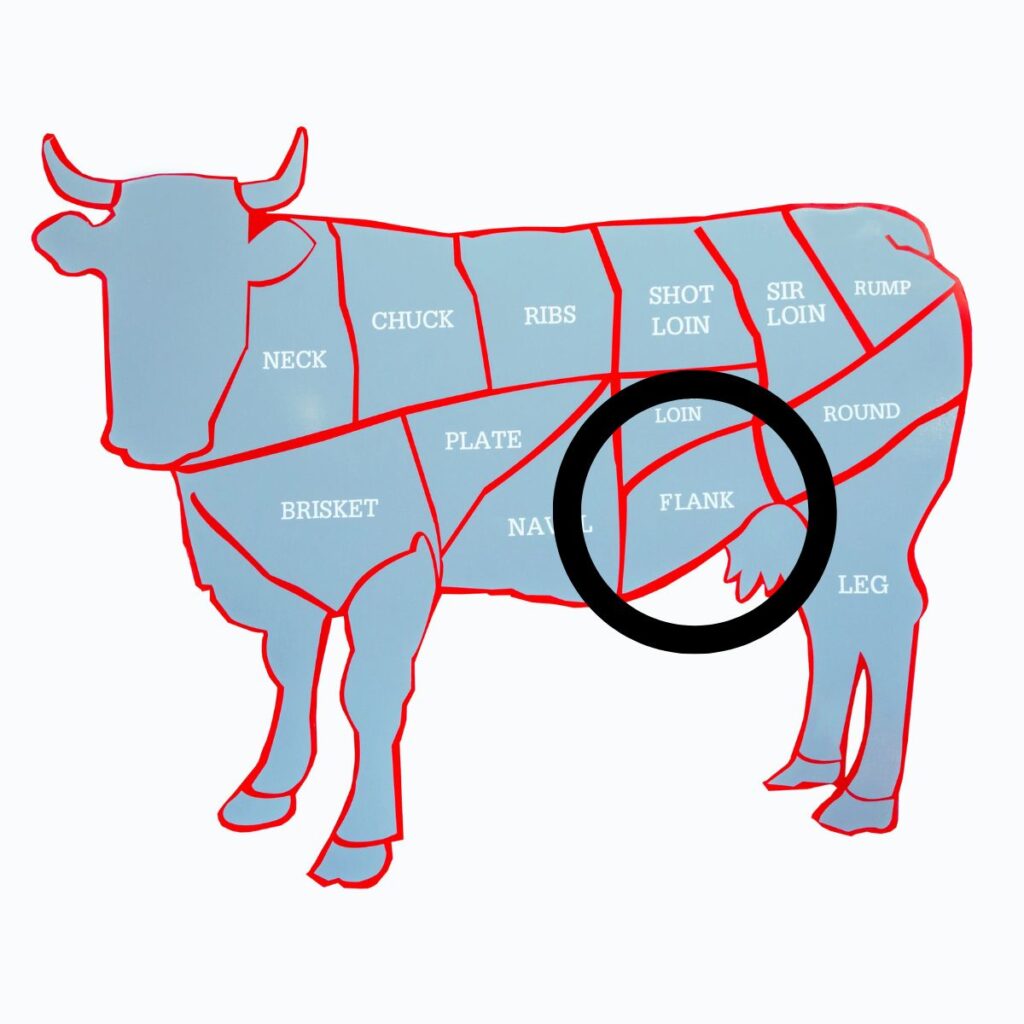
How to cut flank steak?
Due to the tough grains in flank cuts of beef, it is highly recommended that flank steak is cut across the grain. Additionally, flank steak typically is cut very thin to help make eating this steak easier.
How to tenderize flank steak?
The flank steak is one of the most affordable cuts, but it’s also tough and chewy without some tenderizing. To increase tenderness, Flank steak should be marinated (or braised) and cooked medium-rare. The acid in the marinated helps to break down muscle fibers, which is further accelerated during the cooking process.
Uses of flank steak?
Flank is a good all-purpose beef cut that can be used for grilling, roasting, broiling, or sautéing.
Taste of flank steak?
Flank steak is famous for its intense flavor (and tough texture if improperly cooked). However, if you choose the right recipe (or use the right marinade), your flank steak will melt in your mouth with tenderness!
Ideal Cooking Temperature?
According to the Kansas City Steak Company: “A meat thermometer should read 130°F. After removing from the oven, rest your Flank steak for 5 minutes before serving, covering lightly with foil. The temperature of the meat will continue to rise for as much as 5°F during this time (this is called “carryover cooking”). The final temperature will read 135°F.”
Does Flank Steak need to rest?
Yes, resting your Flank steak is important since the heat of cooking pulls the juices in the meat toward the surface. This means that if you slice into your steak immediately after cooking, the flavorful juices will end up on your plate and not in your steak. Allowing your steak to rest (for about the same time it took to cook the meat) will give the juices time to sink back in and throughout the meat, keeping it moist and flavorful.
Skirt Steak Overview

Skirt steak is a long thin specialty beef cut. This cut is taken from the plate, which is the upper belly of the animal (see image below). It has a delicious flavor (that is perfect for fajitas) and can be cooked in many different ways to make it taste even better!
The best way to cook Skirt steak is quickly and over high heat. This thin cut of meat can be cooked on the grill, seared in a skillet, or oven-baked with just about any pan preparation for an easygoing meal that’s sure not to leave you feeling hungry again soon after dinner time!

How to cut skirt steak?
Due to the tough grains in skirt cuts of beef, it is highly recommended that skirt steak is cut across the grain. Additionally, skirt steak typically is cut very thin to help make eating this steak easier (just like in fajitas).
How to tenderize skirt steak?
Using a meat mallet, pound the skirt steak fillet with the mallet making sure that you repeatedly hit all areas of the meat. By hitting the meat with a meat mallet, the fibers in the meat are broken down, allowing for the meat to become more tender.
Uses of skirt steak?
Skirt steak has a nice, lean flavor that’s often used in fajitas and stir fry dishes
It needs to be cooked quickly over high heat so it will become tender and juicy when eaten with your favorite condiments on top! Chimichurri goes great with skirt steak!
Taste of skirt steak?
Skirt steaks tend to have a strong beefy flavor, which is why the cut is typically used in dishes with strong overall flavor (for example fajitas and stir fry dishes).
Ideal Cooking Temperature?
According to the Kansas City Steak Company: “A meat thermometer should read 130°F. After removing from the oven, rest your Skirt steak for 5 minutes before serving, covering lightly with foil. The temperature of the meat will continue to rise for as much as 5°F during this time (this is called “carryover cooking”). The final temperature will read 135°F.”
Does Skirt Steak need to rest?
Yes, resting your Skirt steak is important since the heat of cooking pulls the juices in the meat toward the surface. This means that if you slice into your steak immediately after cooking, the flavorful juices will end up on your plate and not in your steak. Allowing your steak to rest (for about the same time it took to cook the meat) will give the juices time to sink back in and throughout the meat, keeping it moist and flavorful.
Hanger Steak Overview
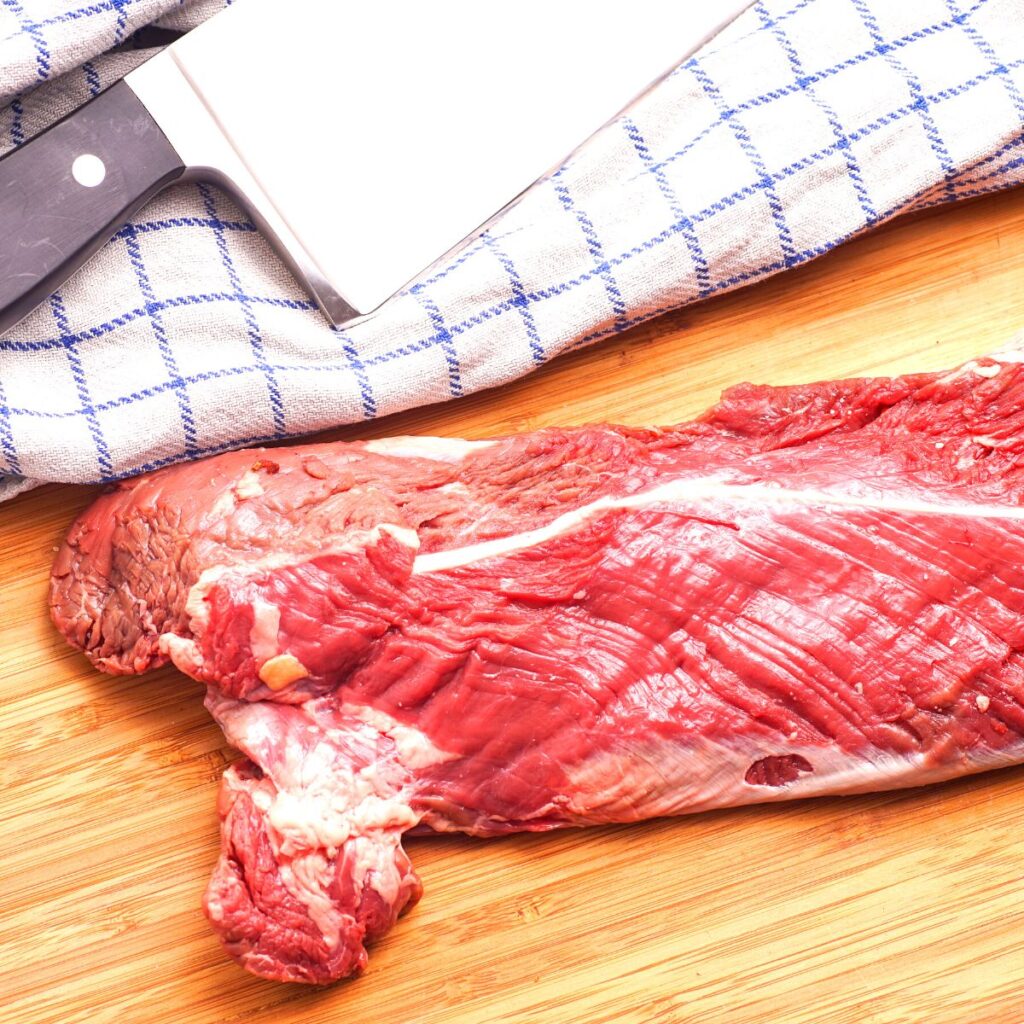
Hanger Steak is a specialty cut that is incredibly flavorful, tender, and versitle. This cut is taken from the plate, which is the upper belly of the animal (see image below). In fact, old-school butchers used to save this cut of meat for themselves after a cow has been butchered. This is why Hanger steak is also known as “butcher’s steak”. In France, Hanger steak (called “onglet” in French) is a prized cut of steak. In the US it’s referred to as hanger steak and you see it on most decent brasserie menus.
Hanger steak has a very similar flavor and texture to flank; however, hanger steak tends to be much more tender than flank steak.

How to cut hanger steak?
Due to the tough grains in hanger cuts of beef, it is highly recommended that hanger steak is cut across the grain.
How to tenderize hanger steak?
Hanger steak is a tender cut of steak so unlike its flank and skirt counterparts, this cut of steak does not need an acid marinade. If you want to marinade your hanger steak, you can; however, this cut of steak doesn’t need it.
Uses of hanger steak?
Hanger steak is so tender and flavorful already, all it needs to be cooked in a generous blanket of salt with pepper. A marinade may help bring out its best qualities but isn’t necessary for an excellent meal!
Taste of hanger steak?
Hanger steaks are a delicious and affordable alternative to ribeyes or New York strip. The flavor profile is rich, beefy with hints of iron that make the steak taste hearty and full bodied for its price range.
Ideal Cooking Temperature?
According to Snake River Farms (a cattle ranch known for its American Waygu beef), since this hanger steak is a cut that coarse and has a strong grain, hanger steak really shines when cooked to medium-rare to medium or about 125° to 130° F (measured with a meat thermometer).
If you love a well-done steak, hanger steak is NOT the right cut for you since the texture of the steak become hard to chew if it goes beyond medium.
If you love a rare steak, hanger steak is NOT the right cut for you. Hanger steak that is cooked rare has a very soft and loose bite that is pretty undesirable.
Does Hanger Steak need to rest?
Yes, resting your Hanger steak is important since the heat of cooking pulls the juices in the meat toward the surface. This means that if you slice into your steak immediately after cooking, the flavorful juices will end up on your plate and not in your steak. Allowing your steak to rest (for about the same time it took to cook the meat) will give the juices time to sink back in and throughout the meat, keeping it moist and flavorful.
When should you use flank vs. skirt vs. hanger steak?
Choose flank steak when you would like to eat a lean, but delicious, piece of steak
Choose skirt steak when your recipe calls for more tender beef and needs the steak to soak up your marinades. While you can make fajitas with flank; however, the dish will taste more like steak tacos than true fajitas since flank steak does soak up marinades that well.
Choose hanger steak when you are desiring a beef but tender piece of steak. Hanger steak also soaks up marinades really well, so it is delicious in steak tacos.
Conclusion
There you have it. While, flank, skirt, and hanger steaks are very similar, they each have notable difference that should be considered while cooking. For more information on how to cook various types of steak cuts, check out this article that explains it in depth.

